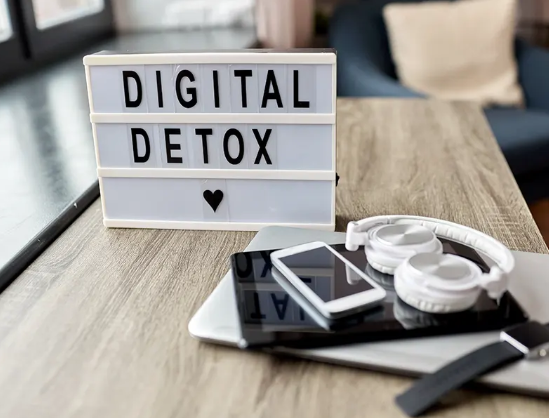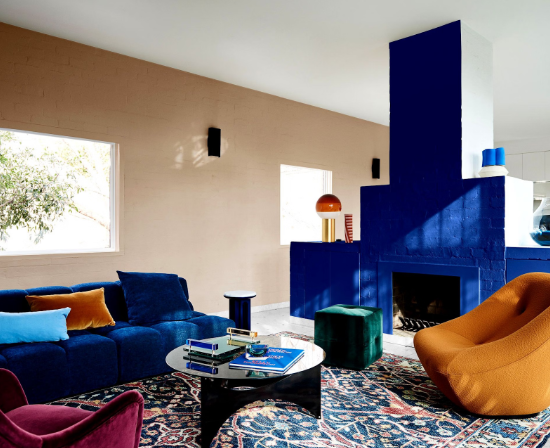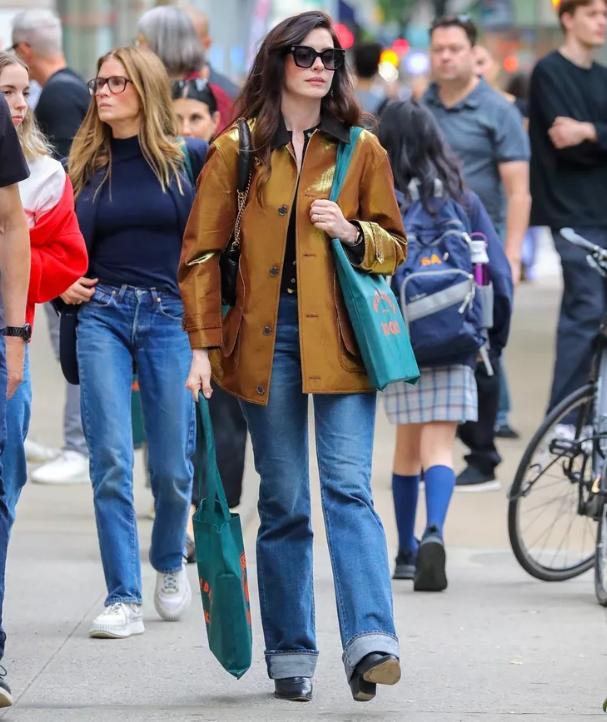In a world that runs on urgency—emails pinging, feeds refreshing, to-do lists growing—it’s easy to forget what it feels like to simply be. We wear “busy” like a badge of honor. We measure success by how much we can squeeze into a day. But somewhere between the hustle and the burnout, a quieter movement is gaining momentum: slow living.

More than just a lifestyle trend, slow living is a conscious choice. It’s the practice of intentionally slowing down—not to do less for the sake of productivity, but to live more deeply, more presently, and more fully. At its core, slow living invites us to trade multitasking for meaning, speed for stillness, and constant output for quiet presence.
What Is Slow Living, Really?
Slow living isn’t about abandoning ambition or retreating from modern life. It’s not laziness or inefficiency—it’s a recalibration. A reordering of priorities that centers around quality, connection, and awareness.
Whether it’s savoring a cup of tea without checking your phone, walking without earbuds, or preparing a meal from scratch, the essence of slow living lies in being where you are, fully.
The movement finds its roots in various philosophies—from ancient Buddhist mindfulness practices to the Italian “slow food” movement. But in today’s fast-paced culture, its resurgence feels especially necessary.
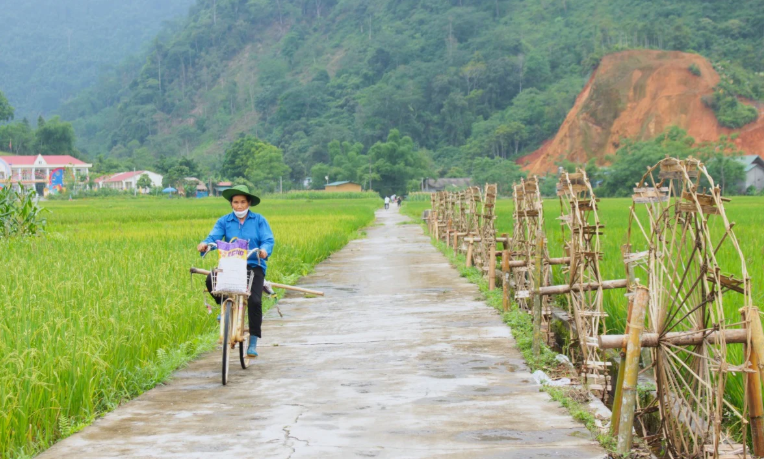
How Slow Living Enhances Mental Health
1. Reduces Stress and Anxiety
When we’re constantly racing, our nervous systems remain on high alert. Slowing down allows the body to switch from “fight or flight” to “rest and digest”—reducing cortisol levels, calming the mind, and easing anxiety.
2. Increases Emotional Awareness
Mindfulness, a core pillar of slow living, enhances our ability to recognize our emotions without judgment. By taking time to pause, we become more attuned to what we feel—and why—fostering emotional resilience and clarity.
3. Deepens Presence and Gratitude
When we’re rushing, we miss things—conversations, sunsets, even meals. Slow living helps us reclaim those lost moments, leading to a greater sense of contentment and appreciation for the small, often overlooked, joys., moon mapping—call them what you will, but elemental rituals are back. As digital fatigue deepens, people are turning to ancient practices rooted in the natural world for balance, joy, and meaning.lips, and cheeks with equal charm.
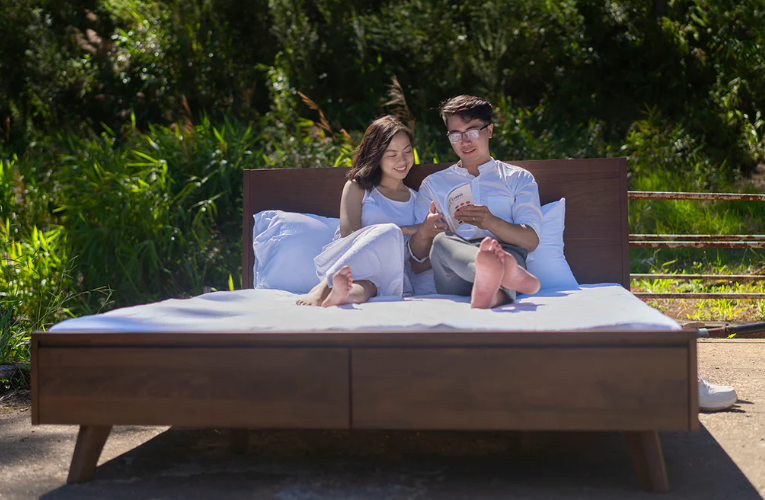
Practical Ways to Embrace Slow Living
You don’t need to move to the countryside or delete every app on your phone to live more mindfully. Start small. Here are gentle, realistic ways to integrate slow living into your everyday life:
1. Start the Day Without Technology
Resist the urge to reach for your phone first thing in the morning. Instead, begin with breath, light stretching, or even a moment of silence. Setting the tone for your day with intention rather than reaction is one of the simplest shifts with the greatest impact.
2. Practice Single-Tasking
Multitasking divides your attention and fuels stress. Try focusing on one task at a time—whether it’s eating lunch without screens, folding laundry while listening to calming music, or writing without distractions. The result? Greater focus and deeper satisfaction.
3. Redesign Your Schedule
Build space between activities. Instead of back-to-back meetings or errands, allow buffer time for rest, reflection, or transition. Creating pockets of calm protects your energy and improves your ability to be present.
4. Create Rituals, Not Just Routines
Turn everyday activities into meaningful rituals. Lighting a candle before reading. Taking three deep breaths before entering your home. Brewing tea with care. These micro-moments of mindfulness add up to a day lived with grace.
5. Prioritize People Over Productivity
Slow living also means showing up fully for others—whether that’s listening without interruption, enjoying an unhurried meal with family, or having coffee with a friend without glancing at the clock. These moments are the ones that actually matter.
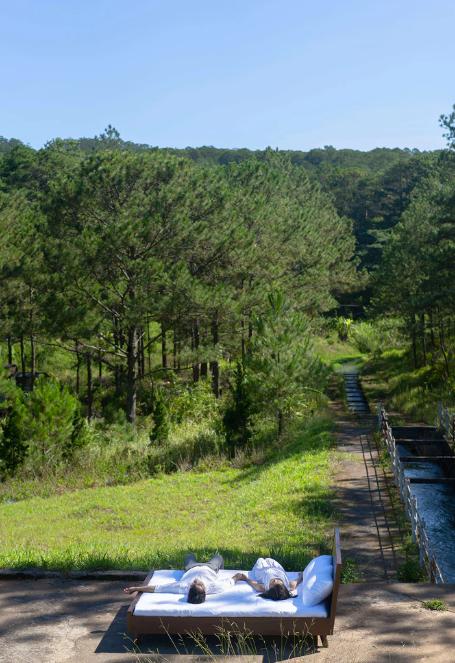
A Gentle Rebellion
Choosing slow in a fast world is a form of quiet resistance. It’s a way of reclaiming our time, our health, and our attention from systems that constantly push us to do more, consume more, and be more.
Slow living isn’t a destination—it’s a practice. Some days it comes easily. Other days, the world rushes in. But even in those moments, the decision to pause, breathe, and return to the present is always available.
Because in the end, a slower life isn’t about missing out—it’s about finally noticing what’s been here all along.



